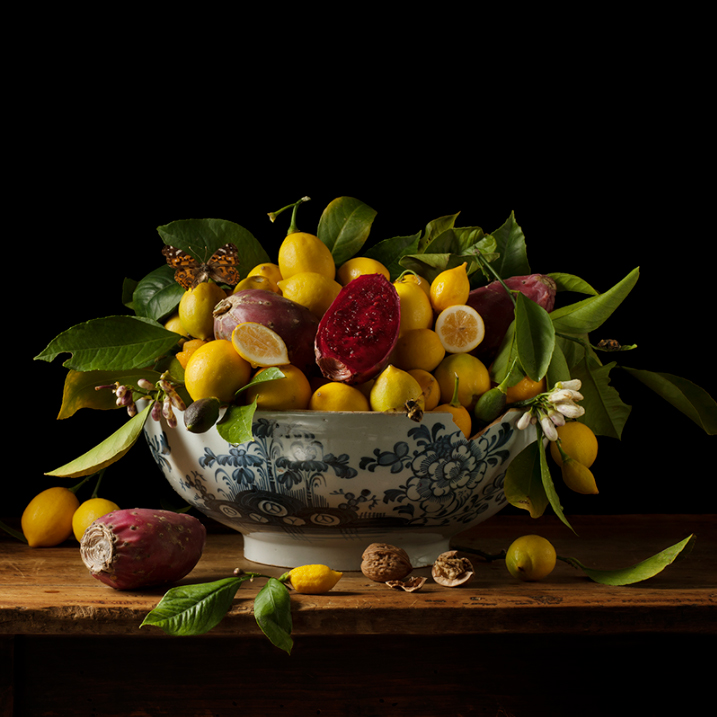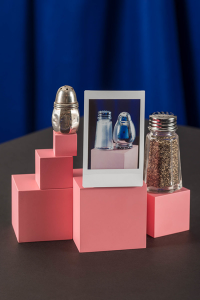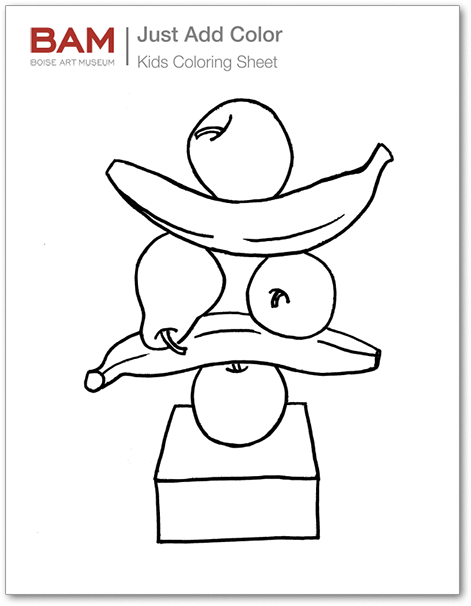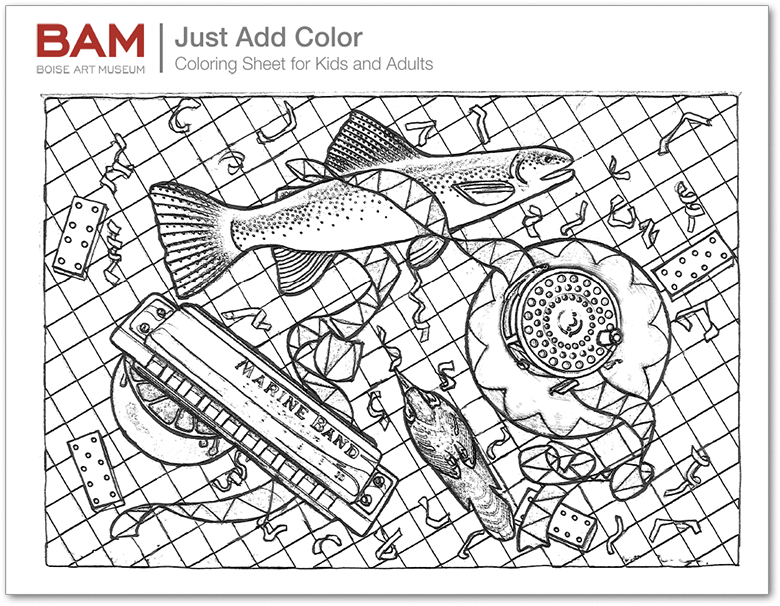Everyday Objects: The Enduring Appeal of Still Life
Often considered the art of imitation, the depiction of the still life has been practiced by artists for centuries. From the ancient Greeks to 17th century Dutch painters, from Cubists to today’s contemporary artists, still life endures as a significant form of artistic expression—one that is contemplative and transformative – yet frequently overlooked.
Everyday Objects focuses on tradition and innovation within the still-life genre. The exhibition features works from the Museum’s Permanent Collection complemented by inventive interpretations of the subject on loan by contemporary artists. Examining still life from three distinct perspectives—skillful observation, popular culture, and the unconventional— Everyday Objects reveals why still life remains a current and essential form of art in our daily lives.
Organized by the Boise Art Museum
Image: Paulette Tavormina, Lemons and Prickly Pears, 2013, archival pigment print, 36″ x 36″, Collectors Forum Purchase, 2022, Boise Art Museum Permanent Collection.
Join artist Brooke Burton on a video talk of Boise Art Museum’s exhibition Everyday Objects: The Enduring Appeal of Still life. In this talk, Brooke Burton discusses her own artwork in addition to artworks and themes seen in the exhibition.
About Brooke Burton | Brooke Burton lives and works in Boise as an artist and photographer. She received both her BFA and MFA in Photography from Boise State University. Her work has been exhibited at Western Washington University, the Boise Art Museum, and the Society for Contemporary Photography in Kansas City, MO. Her personal aesthetic fluctuates between minimalist and maximalist compositions, often reflecting her love of miniatures. Themes of interest include still-life, selfies, visual culture, and novelty of all kinds. Her work often uses inanimate objects as a means of storytelling and exploring human narratives. (brookeburton.net)
Brooke Burton (b. Boise, ID)
Rostrum, 2019
photograph
Courtesy of the Artist
By using a photograph within a photograph, Burton references a group of artists from the late 1970s and 1980s who were known as the “Pictures” generation. These artists would re-shoot advertisements, film stills, or photographs of earlier Modern artists, and used photography to examine the concepts of representation and authenticity. In Rostrum, Burton shifts the scale and contents of the two sets of shakers. What we first assume is identical, is actually different – thus dashing our hopes that truth and meaning are easily found in even the simplest of forms.
New York photographer Paulette Tavormina finds inspiration in 17th Century Old Master Still Life painters. Paulette is drawn to artists like Francesco de Zurbarán, because of his use of light; Giovanna Garzoni, for his compositions; and Adriaen Coorte, for his unique placement of objects. Paulette describes her experience seeing paintings like these in person, “I am struck by their strong emotional resonance, their ability to transcend time and place.”
left-right: Francisco de Zurbarán (Spanish, 1598-1664), Still Life with Lemons, Oranges and a Rose, 1633, Norton Simon Museum | Giovanna Garzoni (Italian, 1600 – 1670), Still Life with Bowl of Citrons, late 1640s. Current location: J. Paul Getty Museum. | Adriaen Coorte (Dutch, 1665-1710), Still Life with Three Medlars, 1705, Oil on paper on panel.
While Tavormina’s inspiration is rooted in historical paintings, her own artworks are created by intricately arranging still-life scenes and then capturing them with photography. She says, “You have to marry everything. The texture of the surfaces with the texture of the objects. It could be a still life using glasses, or shells. It could be anything. But it all comes together. It’s a blending of things. The composition and the relationship between the sizes of the objects. Many times I spend hours and hours setting something up and I don’t light it until the end. It’s getting all the elements together that tells the story.”
The objects in the photographs are things Paulette has collected. The bowl in Lemons and Prickly Pears was found when Paulette was searching for “a chipped old Dutch bowl” and eventually came across the perfect piece at an antique dealer. The flowers and produce come from the many farmers markets in New York City, where Paulette searches for unique and interestingly shaped items to use in her photographs.
Additional Still-life Photography in Everyday Objects: The Enduring Appeal of Still Life
Article
How Artists Have Kept Still-Life Painting Alive Over Thousands of Years
by Kelly Richman-Abdou for My Modern Met | March 12, 2022
The Art of American Still Life: Audubon to Warhol (Philadelphia Museum of Art) by Mark D. Mitchell
Paulette Tavormina: Seizing Beauty by Paulette Tavormina; essays by Silvia Malaguzzi, Mark Alice Durant, and Anke Van Wagenberg-Ter Hoeven | Available in the BAM Store, while supplies last
Printable Coloring Sheets for Kids and Adults!
Try your hand at adding color to one of the artworks in BAM’s exhibition Everyday Objects: The Enduring Appeal of Still Life. Will you look closely to add the same colors as the artist or experiment with your own? How might your color choices change the still life? Click on the thumbnails below to download a printable PDF.






